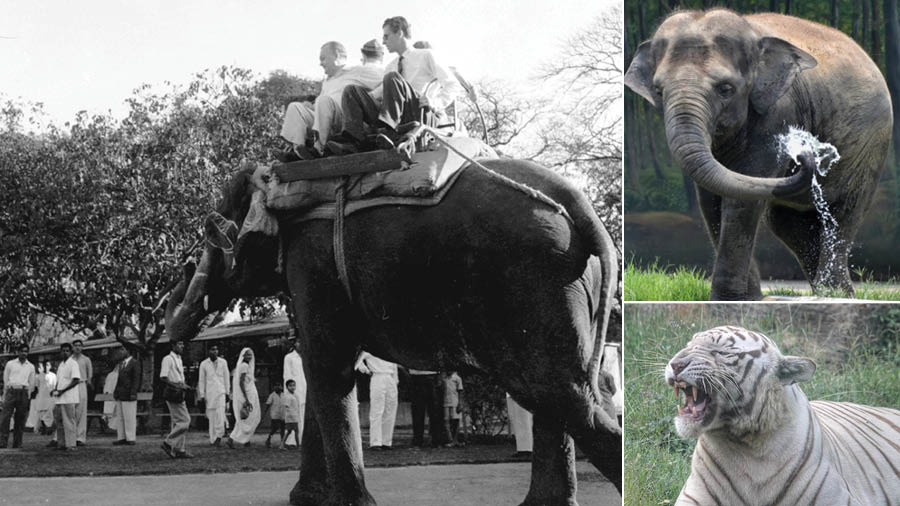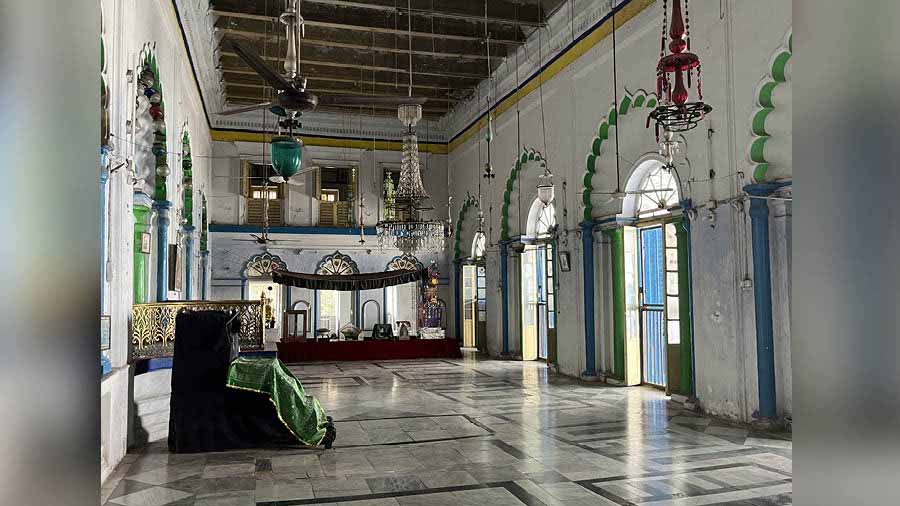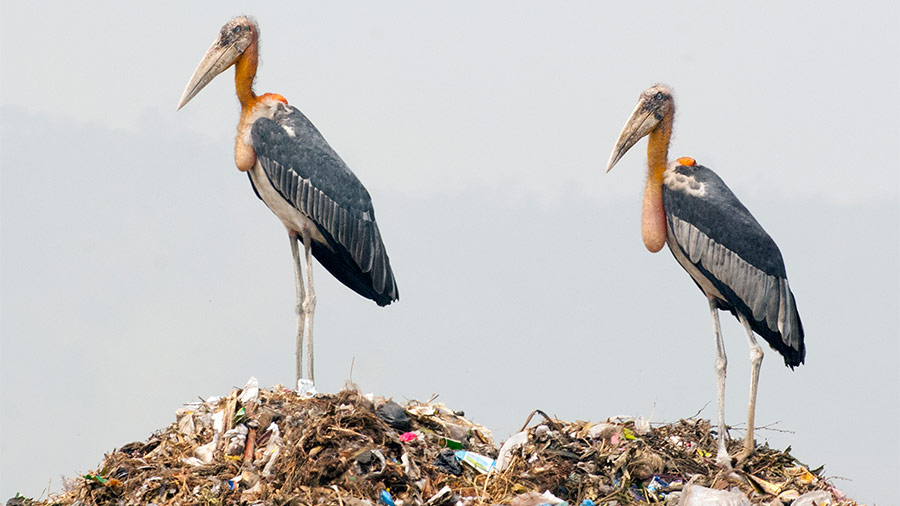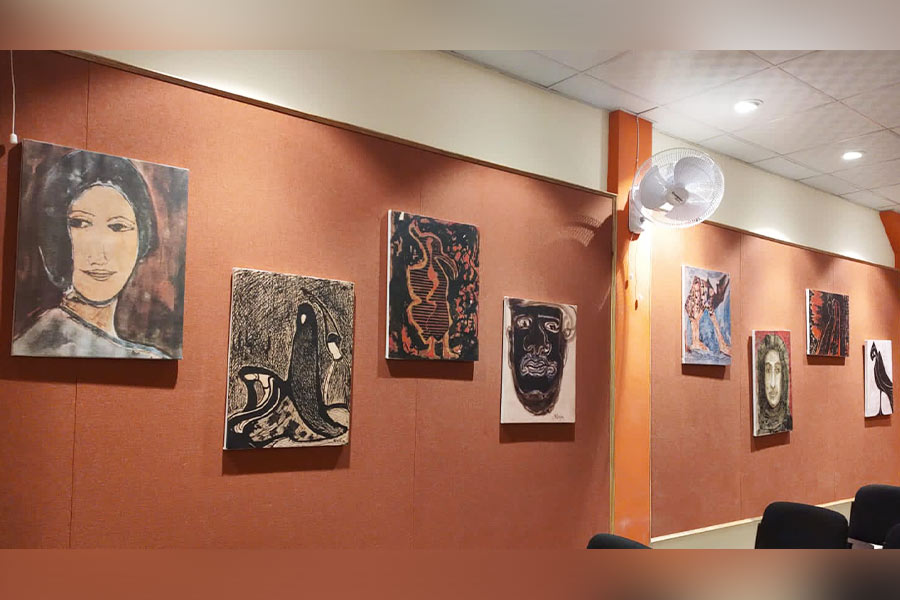The year is 1850. The East India Company is now the overlord of the Indian subcontinent. A young man by the name of Joseph Fayrer (later Sir Joseph Fayrer, 1st Baronet) arrived in India to join the Indian Medical Service of Bengal and was posted in Chinsurah. Over the next two decades, Fayrer built a solid career in India — holding positions like political assistant and Residency Surgeon at Lucknow, professor of surgery at Calcutta Medical College, personal surgeon to Viceroy Lord Mayo and accompanying physician to the Prince of Wales when the latter toured India.
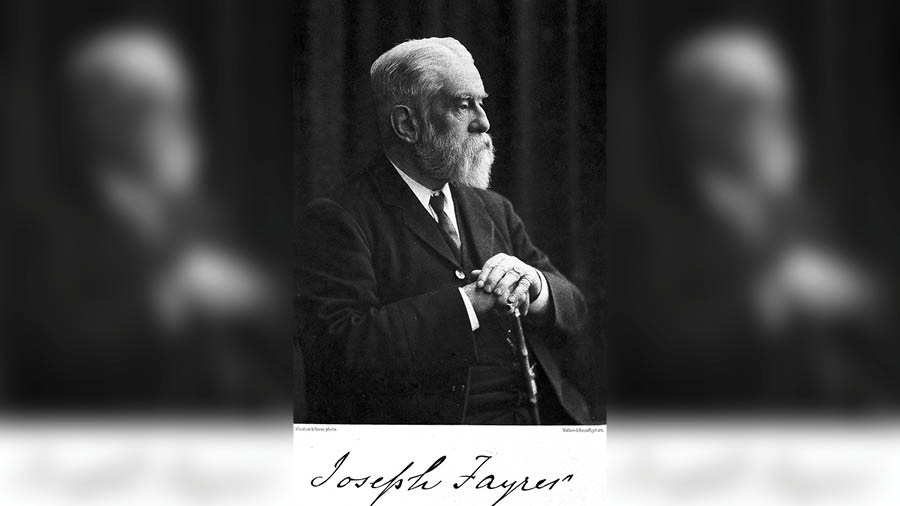
Joseph Fayrer, who was a professor of surgery at Calcutta Medical College and the personal surgeon to Viceroy Lord Mayo
But apart from his medical vocation, Fayrer also had another keen area of interest and that was the fauna of India. He authored a book titled Venomous Snakes in the Indian Peninsula and another on the Bengal tiger. In 1867, while serving as the President of the Asiatic Society of Bengal, Fayrer was the first person to propose the idea of a zoological garden in Calcutta. However, nothing concrete came out of it for the time being.

Carl Schwendler statue
Exit Fayrer, enter Carl Louis Schwendler. The latter was a German electrician renowned for being one of the first proponents of the tungsten based incandescent light bulb. Schwendler came to India sometime in the 1860s to take up a senior post in the Telegraph department and was involved in setting up telegraphic communication between Agra and Calcutta. He was also commissioned by the Indian Railways to carry out a feasibility study of lighting the railway stations by electric lamps.
Schwendler had two things in common with Joseph Fayrer. He also became a member of the Asiatic Society of Bengal, and he also had a passion for wildlife. While living in Calcutta, Schwendler had built up a small private menagerie as well. In 1873, at a meeting of the Asiatic Society, Schwendler revived Fayrer’s proposal of a zoo in Calcutta. Soon, a petition was filed jointly by the Asiatic Society of Bengal and the Agri-Horticultural Society with the offices of Sir Richard Temple, the Lieutenant Governor of Bengal Province for the setting up of a zoological garden in Calcutta.
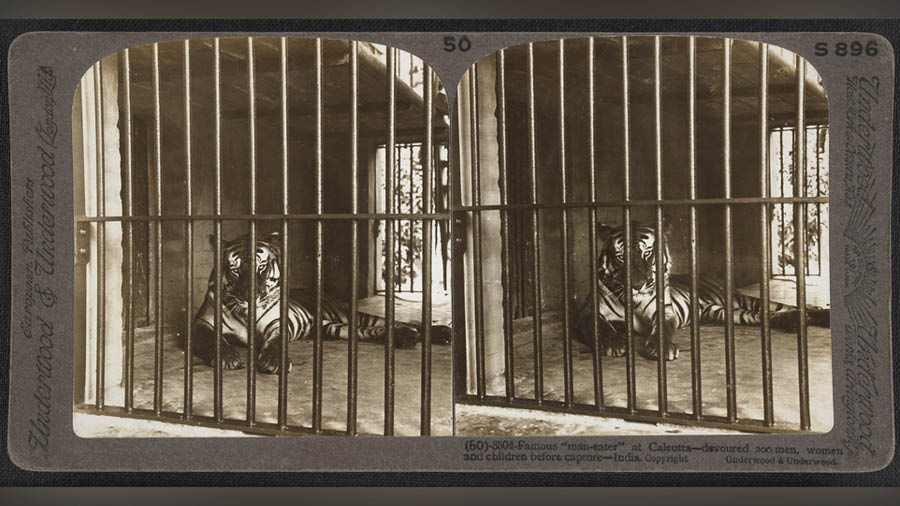
Maneater of Calcutta, post capture 1903
After this, things moved fast. Soon, land was allotted in Alipore by the LG’s office. Schwendler was actively involved in the construction and setting up of the zoo and after it was inaugurated on the January 1, 1876 (some accounts put the inauguration date as December 27, 1875 ) by the Prince of Wales, he was appointed as the first superintendent of the zoo. Ram Brahma Sanyal, who would in time become the first Indian super of Alipore Zoo, was Schwendler’s assistant. Schwendler also contributed animals, reptiles and birds from his private menagerie to the zoo and his collection was shifted to Alipore zoo when he eventually left India. Contributions of wildlife also came from private menageries of Indian royalty.
Raja Suryakanta Acharya of Mymensingh was among the principal contributors, in recognition of which the tiger enclosure was named Mymensingh Enclosure. A major contribution of birds came from the Mullick family of North Calcutta. Another Indian royal who sent a large part of his collection for the zoo was Maharaja Krishnaraja Wadiyar IV of Mysore. Incidentally, a vital donation of fauna came from a man who was no longer a king. After being deposed by the East India Company under the Doctrine of Lapse, Nawab Wajid Ali Shah of Oudh had been living in Calcutta. The banished royal, after reconciling with his new reality, had created a small haven for himself in Metiabruz near Garden Reach – dubbed by many as mini Lucknow.

Nawab Wajid Ali Shah
Among Wajid Ali Shah’s prized creations at Metiabruz was a grand menagerie and aviary. Tigers, leopards, rhinoceros, monkeys, deer, different types of exotic birds and fishes and a massive collection of snakes welcomed a visitor to the Nawab’s den. Ram Brahma Sanyal was a close friend of the deposed Nawab and it was through his efforts that many inmates from the Nawab’s menagerie became residents of the new zoo in Alipore.
The Prince of Wales Zoological Garden, as it was called, was thrown open to the public on May 6, 1876. In 1886, specimens from Lord Canning’s private zoo in Barrackpore were shifted here — greatly boosting the resident population. Little over a year later, after Nawab Wajid Ali Shah’s death, as his estate lay in neglect, tigers and leopards escaped from there. One tigress swam across the Hooghly and entered the Shibpur Botanical Gardens, killing one person there. After this, the government stepped in and several animals from there were brought to the Alipore Zoo enclosures.
Incidentally, the Nawab may have had a different tryst with the zoo some years later. In the early years of the 20th century, a newly appointed security watchman was confronted with a strange sight one night. Close to midnight, he spotted a palanquin, decked up handsomely, carrying a man who by his dress appeared to be a Muslim nobleman. The still and quiet night started humming with the rhythmic chanting of the palanquin bearers’ traditional call. The guard was left bewildered. He called out loudly, asking the bearers to halt. But the party kept progressing towards the statue of Carl Schwendler. The guard chased after them but just as the palanquin reached the base of Schwendler’s statue, a strange sight presented itself to him. The palanquin simply vanished into thin air. With a blood curdling scream, the poor guy fainted.
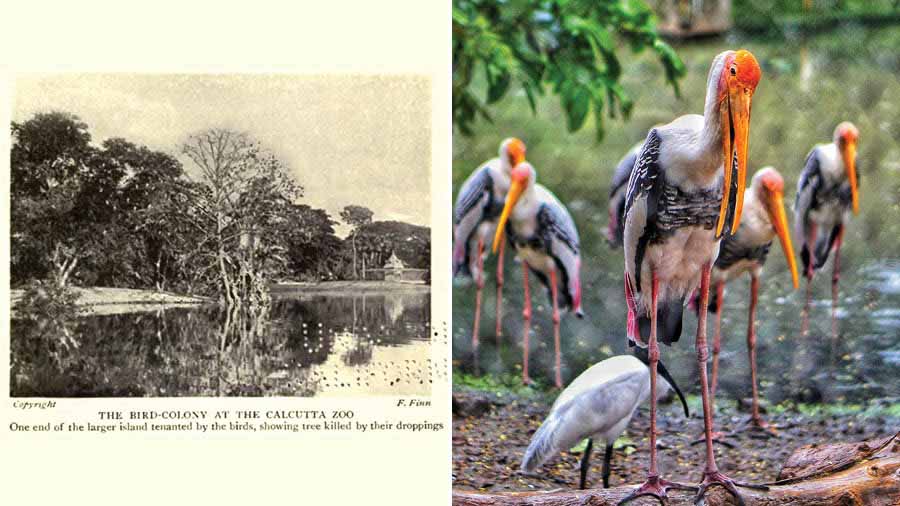
(Then and now) Birds at the Alipore zoo
When he was brought back to his senses by the other staff, he recounted the bewildering scenes he had witnessed. Some of the other staff members, including the then superintendent, confessed to having seen such a sight themselves. Apparently, until he was alive, the Nawab loved to visit the Alipore zoo and spend some time with his beloved animals who had found a new home there. Was it possible that his departed spirit had been unable to break this bond? No one knows the answer to this and may be its best to let the great Bard to have the final say:
“There are more things in heaven and earth Horatio
Than are dreamt of in your philosophy”


